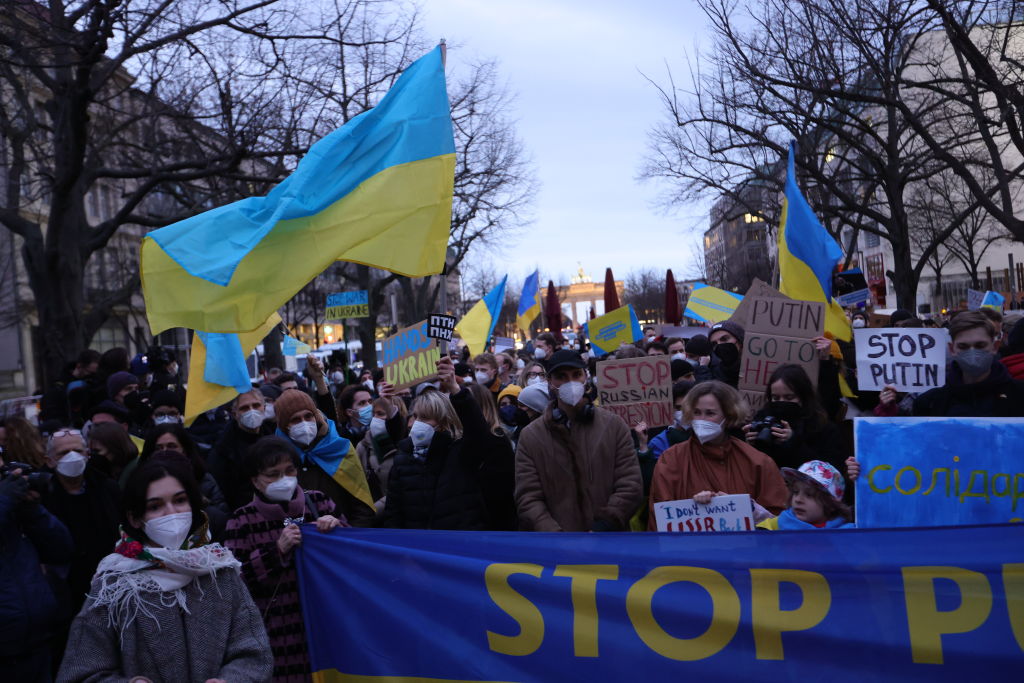Oil prices steady as supply fears ease

Oil prices have stabilised after hitting seven year highs, with Western sanctions counterbalanced by the prospect of a US-Iran deal, alongside Washington avoiding measures that could hit energy supplies.
The West imposed its first wave of sanctions on Russia yesterday, focused chiefly on banks, with Germany also suspending the approval process for the Nord Stream 2 gas pipeline.
Both major benchmarks rallied yesterday and closed in on the $100 milestone for the first time since 2014, before falling back later in the day.
Prices jumped on worries that western sanctions on Russia for sending troops into two breakaway regions in eastern Ukraine could hit energy supplies.
However, both the US made it clear there would be no impact on energy exports, while Russian President Vladimir Putin has denied the Kremlin will re-route fossil fuels.
Speaking to reporters, a senior US State Department official said: “The sanctions that are being imposed today as well that could be imposed in the near future are not targeting and will not target oil and gas flows.”
In written remarks for a gas summit in Qatar earlier this week, Putin said: “Russia aims to continue uninterrupted supplies, including liquefied natural gas, to the world markets, improve related infrastructure and increase investments in the gas sector.”
However, this could change if sanctions escalate.
Kremlin finance minister Anton Siluanov, who warned last week the country is ready to shift supplies to other markets should Western sanctions target its energy sector.
Brent Crude has dropped 0.18 per cent to $96.67, after peaking at $99.50 during the previous session.
WTI Crude has also been steady, falling just 0.23 per cent to $91.68.
Meanwhile, the potential return of over one million barrels of Iranian crude to the market has weighed down prices.
According to Reuters, Tehran and the US are close to reviving the 2015 nuclear agreement.
The big unknown is how quickly Iran could actually boost its exports, with oil not included in the first segment of sanction waivers.
Another long-standing factor is OPEC + has struggled to meet their production targets due to underinvestment in oil infrastructure, which could cause prices to rally again if further shortages are announced.
Maike Currie, investment director at Fidelity International remains bullish that $100 could be reached in the coming days.
She said: “Russia is the world’s second largest producer after the US and this latest rise in the oil price reflects what markets perceive to be an increased threat to global supplies. Oil at $100 plus now looks decidedly on the cards.”
Commerzbank analyst Carsten Fritsch suggested that while US sanctions avoiding energy supplies has calmed markets, it would be a mistake to Putin at his word over deliveries of gas and oil.
He said: ” In our opinion, however, there is a risk that Russia will retaliate to the sanctions by reducing deliveries of its own accord. For example, the former Russian Prime Minister Medvedev warned Europeans to expect considerably higher gas prices. The time spreads in the Brent forward curve have also narrowed hardly at all so far, which points to continuing concerns about delivery outages.”